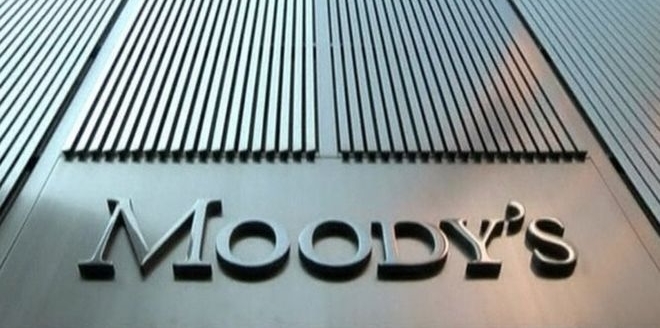This data released by Moody’s Investors Service (Moody’s) marked a flip from the position it announced in March, which said that the group predicted delinquency rates to “hold steady” during the calendar year.
The speculation also marked a distinct contrast to what was observed by Moody’s the year to November 2021, which saw 30+ day arrears fall from 1.44 per cent to 1.20 per cent.
This drop was observed across every state and territory, excluding Tasmania and Northern Territory, both of which reported rises – the southern state growing from 0.83 per cent to 1.11 per cent over the 12-month period, and the Top End territory from 1.73 per cent to 2.30 per cent.
The biggest drop was observed in Western Australia, which fell from 2.33 per cent to 1.67 per cent.
However, compared to the same time in November 2019, every state and territory across the country has reported falls.
Yet Moody’s has stated that it anticipates that these delinquency rates “will increase moderately over the rest of 2022”, with the financial services group attributing a combination of rising interest rates and slowing property prices as the catalysts for this change.
Figures released by Domain last month suggested that, during the March 2022 quarter, the rate of house price growth in a capital city fell by more than 90 per cent.
Moody’s vice-president and senior credit officer Alena Chen said that the RBA’s recent hike to 0.35 per cent “will push up floating-rate mortgage interest rates, worsening borrowers’ capacity to repay debt and increase the risk of delinquencies and defaults”.
“Interest rate rises will pose the most risk for mortgages with high balances and for those whose repayment amounts are close to borrowers’ maximum repayment capacity,” Ms Chen added.
Moody’s has stated that these rate rises will also weigh on house prices, “adding to risks of home loan delinquencies and defaults as borrowers in financial trouble find it harder to sell their properties at high enough prices to repay their debt”.
According to the group, house prices rose at its slowest pace for 18 months at 0.6 per cent on average across Australia in April, with Sydney reporting a decline of 20 bps.
Yet, this position that the rate hike will lift delinquency rates isn’t universally shared.
Speaking to bluenotes last week (4 May), ANZ chief executive Shayne Elliott said he was confident that a number of customers with the major bank would be able to weather the lift, stating that borrowers had increased their savings during the record-low cash rate.
“In fact, savings – household savings and small business savings – are at record levels. People have put money aside for a rainy day because of that uncertainty. They’ve paid down their most expensive debt. Credit card balances are way down,” Mr Elliott said.
“That's a good thing in terms of people’s financial security. And so, they’re getting prepared for that future, whatever it may look like.”
In response to the 25-bp rise made by the RBA, ANZ brought its index rate to 4.64 per cent per annum for principal and interest repayments and 5.19 per cent per annum for interest-only repayments.
[Related: 'Now was the right time': RBA raises cash rate]
 ;
;